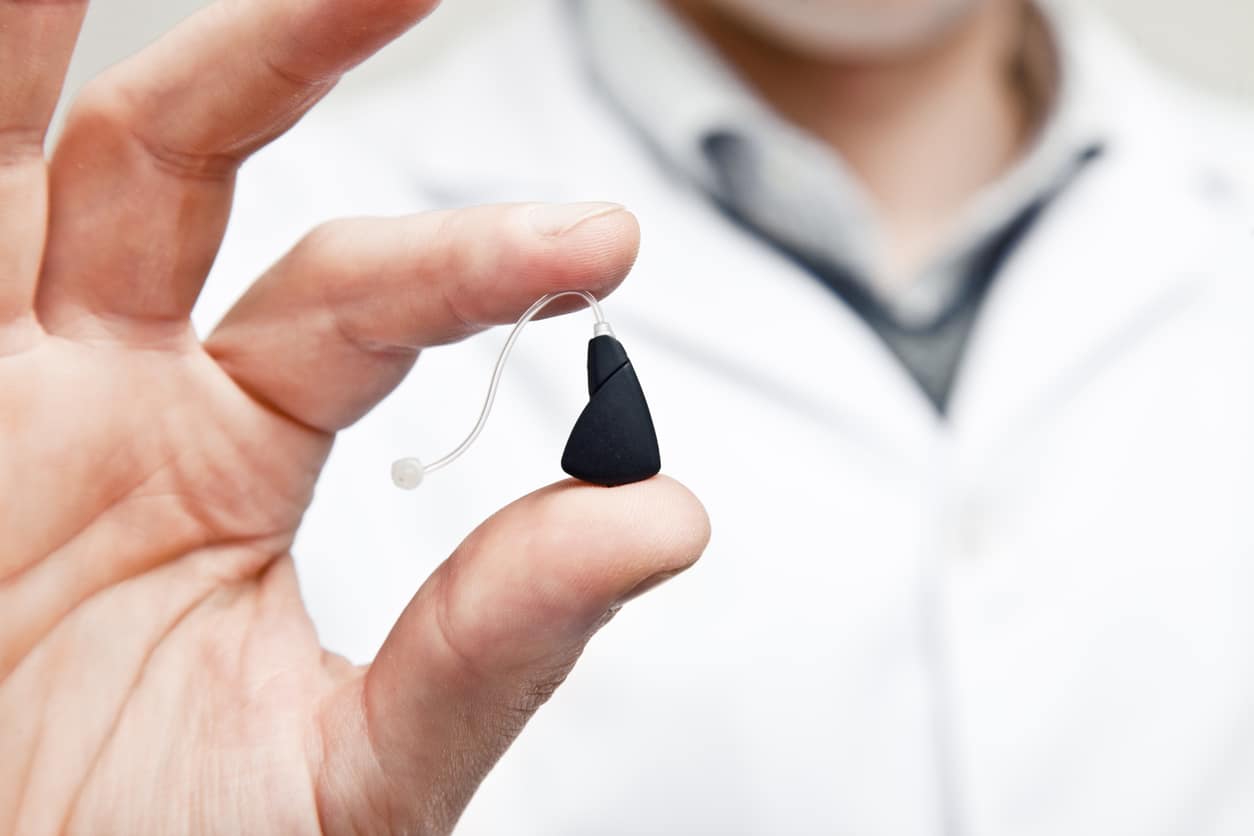Nearly 28.8 million Americans could benefit from using hearing aids, but many go without. Some people may not know where to start with selecting the right hearing aids due to the many styles and features available.
With a little guidance and a professional assessment, you’ll be equipped to make an informed decision that improves your quality of life.
Get A Hearing Test

The first step in selecting the right hearing aids starts with fully understanding your specific type and degree of hearing loss. A hearing specialist can complete a hearing exam and explain your results. Then, using that information, you can work together to decide which hearing aid features are most beneficial to you.
Know Your Hearing Aid Style Options
Not all hearing aids are created equal. The best style for you depends on how visible you want your device to be, your level of hearing loss and how comfortable you are handling small electronics.
The styles are as follows:
- Behind-the-Ear (BTE): This classic style is highly durable and suitable for all levels of hearing loss. A small tube connects the device to an earmold that sits inside your ear.
- Receiver-in-Canal (RIC): Slightly smaller and more discreet than BTEs, these are popular for their comfort and versatility.
- In-the-Ear (ITE): Custom-molded to sit entirely in the outer ear. Easy to insert and manage, especially for people with dexterity concerns.
- In-the-Canal (ITC) and Completely-in-Canal (CIC): Ultra-discreet options that are barely noticeable. Ideal for mild to moderate hearing loss.
Matching Your Lifestyle
Today’s hearing aids do much more than amplify sound. Whether you’re staying active at La Jolla Shores or working remotely, there are features to fit various lifestyles:
- Directional microphones help isolate voices in noisy settings, perfect for dining in a noisy restaurant.
- Noise reduction makes conversations clearer in loud environments.
- Bluetooth® connectivity allows direct streaming from phones, TVs or other smart devices.
- Rechargeable batteries save you the hassle of frequent battery replacements.
- AI and adaptive settings tailor your hearing aid’s performance to your daily environments.
- Mobile app controls allow easy adjustments.
- Health tracking features can monitor steps, heart rate and balance, which is ideal for older adults or those managing chronic health concerns.
Choosing and adjusting to hearing aids is easier when you have expert support. Selecting them in partnership with a hearing specialist will ensure the hearing aids are fitted to your ears and lifestyle. They will also provide adjustments over time and help you to troubleshoot any issues you may run into.
